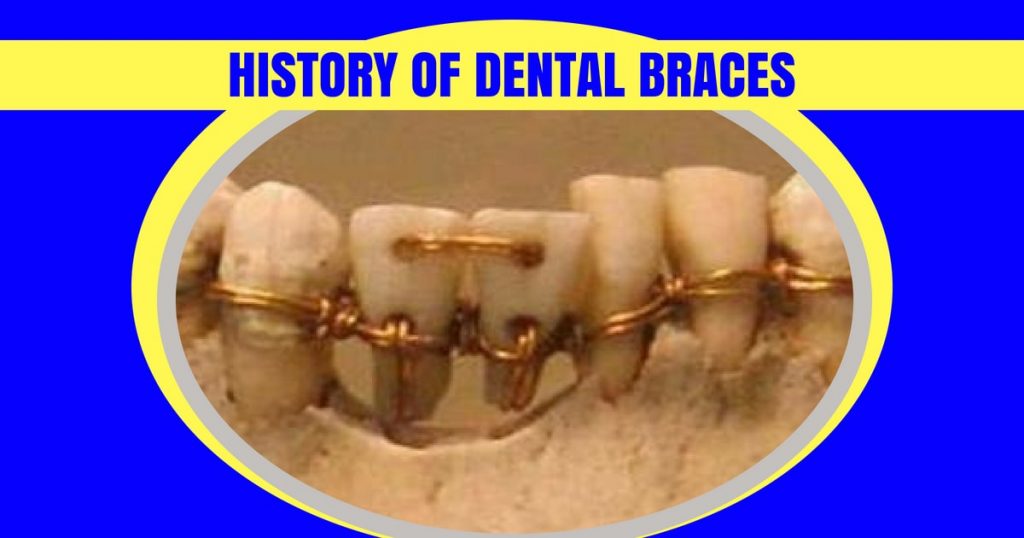Orthodontics as a faculty in dentistry began developing in the 18th and 19th century. Pierre Fauchard was a French dentist who began some serious work in the field of orthodontics. He wrote a book on dentistry where he had discussed a device called “Bandeu”. It was a horseshoe-shaped device that helped in expanding the arch and was intended also to help teeth stay in their position. It could be called the precursor to modern orthodontics. But it will be interesting to note that the Egyptians, Romans and the Etruscans did dabble with some kind of orthodontics.
Egyptians and Orthodontics
Egyptian mummies give a clue on the kind of crude orthodontic treatments of the era. It was found that many mummies had metal bands around their teeth that were tied together with cords made of animal skin. The interesting fact was the cords were intertwined to the teeth in the same way a modern orthodontist would intertwine the wires to the brackets of a brace.
Ancient Europeans and Orthodontics
The Etruscans, who pre-date the Romans in Rome Empire, buried their dead with some kind of dental appliances. These appliances were tied to the teeth of the dead and had a purpose of not falling off the skull because they believed in an afterlife. The Romans too had their teeth bound by gold wire. There are claims that Cleopatra wore a gold wire tagged to her teeth. Whether wearing the gold wire was a symbol of aristocracy is not known. But Hippocrates and Aristotle did mention in their work that the wires were indeed worn to fix dental conditions.
Modern Orthodontics and the French Connection
Modern Orthodontics owes much to a French dentist by name Pierre Fauchard. In his book on dentistry, Fauchard discusses a device called “Bandeu”. This device he says helped the teeth to stay in their position. Fauchard is rightly regarded as “Father of Dentistry”.
Another French dentist by name Pierre Bourdet made the most important discovery. He was the first to discover that removal of wisdom teeth can pave the way to solve the problem of crowding.
In the 19th century Christophe-Francois Delabarre, another French Dentist used threads and wooden wedges to clear crowding by creating more room for individual teeth. He accomplished this along with wisdom teeth removal.
Father of Modern Orthodontics
That title goes to Edward Hartley Angle. In the late 19th century, Edward created orthodontic appliances aimed at addressing malocclusion. Proper treatments for misalignment took effect from this period. The patient’s malocclusion problem was given preference without damaging causing harm to the patients.
Orthodontics in the 20th Century
In the late 20th century, the advent of dental glues paved the way to make braces less bulky. The hitherto practice of winding wires around the teeth was put to end with the advent of these dental glues. This technology also saw the introduction of stainless steel in place of gold and silver. Orthodontic treatment became more affordable with stainless steel braces.
Then arrived another radical change in the field of orthodontics. It was clear aligners created by Zia Chishti of Standford University. They are sold under the brand name Invisalign. Their greatest advantage is they can be removed (though they need to be worn at least 22 hours a day) and are invisible.
